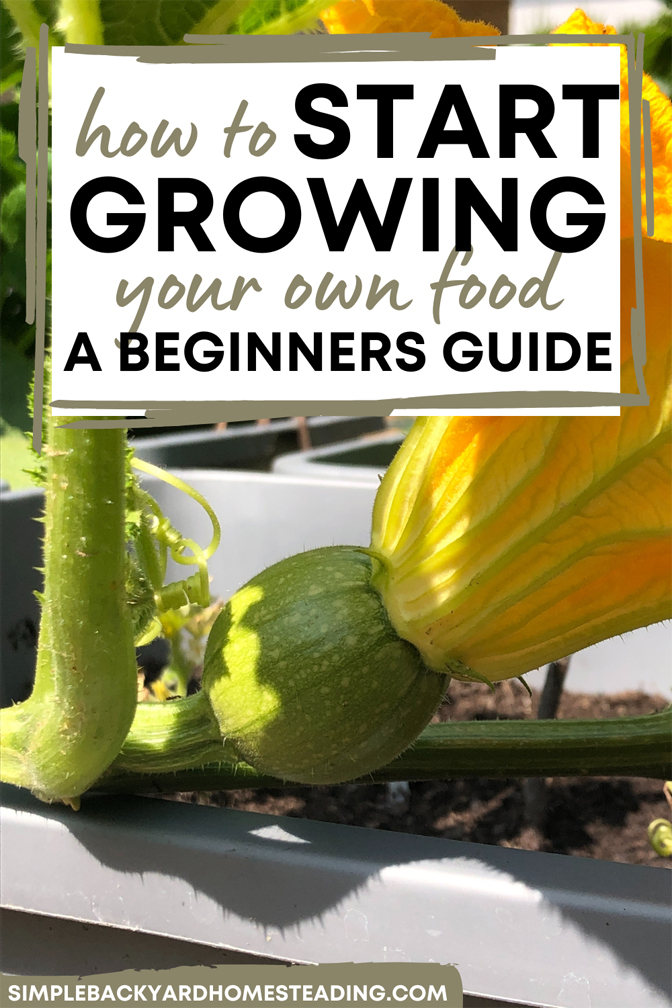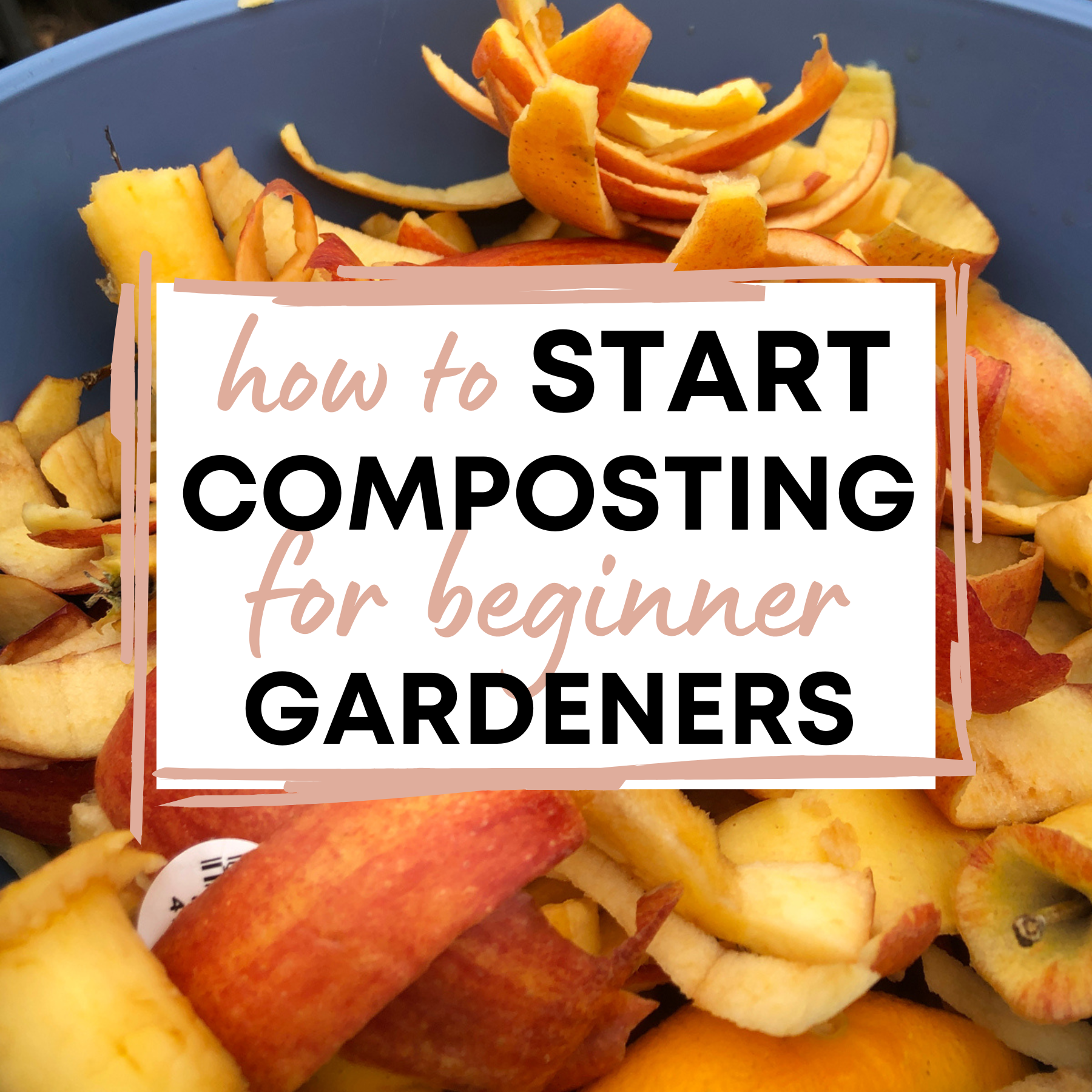Backyard Gardening 101: How to Start Growing Your Own Food
Have you ever dreamed of stepping outside, picking a sun-warmed tomato off the vine, and taking a bite right then and there? No grocery store lines, no wondering how long it’s been sitting on a truck—just fresh, homegrown deliciousness. If that sounds like a dream, let’s make it a reality! Welcome to backyard gardening, where you get to grow your own food, save money, and (bonus!) develop an almost magical ability to keep plants alive.
Starting a garden might seem overwhelming, but trust me, you don’t need a green thumb—just a little patience and a sense of adventure. Let’s break it down step by step and get you growing!

1. Choosing the Right Garden Space
Before we start tossing seeds everywhere (tempting, I know), let’s pick the perfect spot for your future veggie paradise.
☀ Sunlight: The Secret Sauce of Gardening
Most vegetables are total sunbathers. They need at least 6-8 hours of direct sunlight to thrive. Observe your yard throughout the day—where does the sun hit the longest? That’s your garden spot. If you have a shady yard, don’t worry; there are still plenty of things you can still grow, especially leafy greens like spinach and lettuce.
🌱 Soil: The Foundation of Your Garden
If your soil is dry and crumbly like an overbaked cookie, or heavy and sticky like wet cement, it might need a little TLC. Good soil is dark, rich, and full of organic matter.
You can also use raised beds filled to combat any bad soil problems. That’s what I do in my garden.
Test it! Grab a simple soil test kit from a garden center or send a sample to your local extension office. If your soil needs improvement, mix in compost, aged manure, or organic matter. Healthy soil = happy plants!
🌊 Water Access: Make Your Life Easier
Dragging a heavy watering can across the yard gets old fast. Place your garden close to a water source, whether it’s a hose, rain barrel, or a spot near your kitchen where you can fill up easily.
🌿 Garden Type: Raised Beds, In-Ground, or Containers?
- Raised Beds: Great for better soil control, drainage, and fewer weeds. (Also, less bending—your back will thank you!) Plus these are great options if you have pests like gophers or moles.
- In-Ground Gardens: More space for bigger plants but requires good soil and some initial work.
- Containers: Perfect for patios, small spaces, and people who love the idea of moving plants around.
Pick what works best for you and your space!
2. Deciding What to Grow
Alright, now for the fun part—choosing what to plant! You might be tempted to grow everything, but let’s start with a few beginner-friendly winners.
🥕 The Easiest Vegetables for Beginners
- Tomatoes – Basically, the gateway vegetable. Easy to grow and easy to eat.
- Lettuce – Fast-growing and forgiving, even if you forget to water it sometimes.
- Zucchini – Prolific producers. Be prepared to give some away!
- Radishes – Super quick—harvest in 3-4 weeks!
- Herbs (Basil, Mint, Chives) – Low maintenance and perfect for flavoring meals.
🌎 Consider Your Climate & Season
Check your USDA Plant Hardiness Zone (Google it!) to know what grows best in your area. Also, don’t plant summer veggies in early spring or fall—they’ll just sit there sulking in the cold. Timing is everything!
🌻 Companion Planting: BFFs of the Garden
Some plants love growing together, and some… not so much. A few great companion planting ideas:
- Tomatoes + Basil = Tasty neighbors that help repel pests.
- Carrots + Onions = Onion scent confuses carrot-loving bugs.
- Cucumbers + Beans = Beans add nitrogen, cucumbers say, “Thanks, buddy!”
3. Preparing the Soil and Planting
Now that you’ve picked your plants, it’s time to get dirty!
🏗 Improve Your Soil
Mix in compost, aged manure, or organic fertilizer to give your plants a strong start. If your soil is too compacted, loosen it up with a garden fork. Happy roots = thriving plants.
🌱 Seeds vs. Seedlings: Which is Better?
- Seeds are cheaper and great for things like lettuce, carrots, and radishes.
- Seedlings give you a head start on plants like tomatoes and peppers. Perfect if you’re impatient (no judgment!).
📏 Proper Spacing & Depth
Each plant needs space to grow—overcrowding leads to sad, stunted veggies. Check your seed packet or plant label for proper spacing, and don’t plant seeds too deep (they’ll struggle to sprout).
💧 Watering: How Much is Too Much?
- Water deeply (about an inch per week) rather than shallow sprinkles.
- Water in the morning to avoid mildew and evaporation.
- Use mulch to retain moisture and keep weeds down.
4. Maintaining Your Garden
🚫 Weeds: Your Uninvited Guests
Mulch is your best friend—straw, wood chips, or leaves will block weeds and keep moisture in.
🦟 Pest Control (Without Chemicals!)
- Hand-pick pests like caterpillars (weirdly satisfying).
- Use neem oil or insecticidal soap for aphids and mites.
- Encourage beneficial bugs like ladybugs and praying mantises!
🍽 Feeding Your Plants
Just like us, plants need food! Use compost, organic fertilizer, or a diluted fish emulsion (yes, it smells, but plants love it!).
✂ Pruning & Staking
- Tomatoes? Stake them! Keeps fruit off the ground and prevents disease.
- Herbs? Trim often! It encourages bushier growth.
- Zucchini? Give it room! Or it will take over your life.
5. Harvesting and Next Steps
🍅 When to Harvest
- Tomatoes: When fully colored and slightly soft.
- Lettuce: Snip outer leaves and let the rest keep growing.
- Zucchini: Before they turn into baseball bats.
- Carrots: Check by gently pulling up on the greens.
🌱 Extending Your Growing Season
Want fresh veggies longer? Try succession planting (stagger plantings every few weeks), use row covers, or invest in a small greenhouse.
🏡 Preserving Your Harvest
Once your garden is producing more than you can eat (trust me, it happens), try canning, dehydrating, or freezing your extras. Future-you will thank you!
Conclusion: Get Growing!
Starting a backyard garden is one of the best things you can do for your wallet, your health, and your happiness. Remember, you don’t need to be perfect—you just need to start. Pick a sunny spot, plant a few easy veggies, and learn as you go.
So, what’s the first thing you’re going to grow? Let me know in the comments—I’d love to hear about your gardening plans! 🌱✨
Happy planting! 🌿





